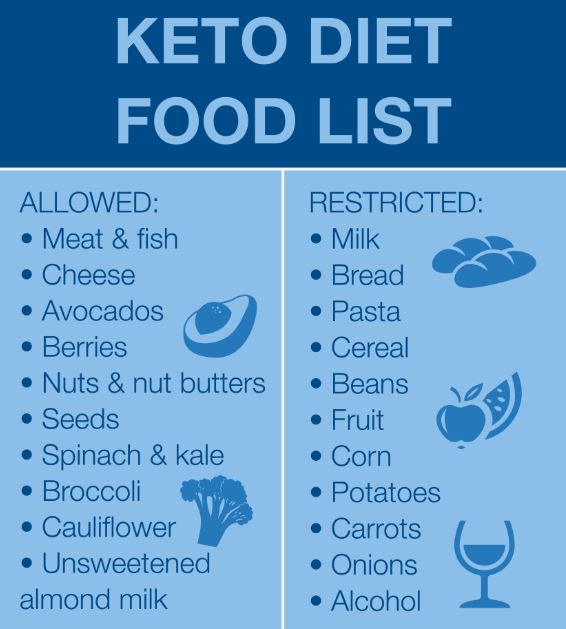Effective Ways to Use Almond Flour for Keto Success in 2025
As the popularity of the keto diet continues to rise, **almond flour** has emerged as a staple ingredient for those looking to enjoy tasty meals without breaking their carb limits. With its array of benefits and versatility, **using almond flour keto** supports various recipes from bread to desserts. This article explores effective ways to incorporate almond flour into your diet, highlighting easy **keto almond flour recipes**, benefits, and useful cooking tips. Discover how to optimize your keto baking experience and indulge in delicious low-carb meals.


Understanding Almond Flour and Its Benefits
Before diving into recipes, it's essential to understand what **almond flour** is and its many advantages. Made from finely ground almonds, almond flour has a lower carb content compared to traditional wheat flour, making it ideal for low-carb baking and cooking. The nutritional profile of **almond flour** includes healthy fats, protein, vitamins, and minerals, contributing to benefits like improved blood sugar control and heart health.
Almond Flour Nutritional Profile
**Almond flour nutrition** is impressive, packing a punch of nutrients with every serving. A typical serving of almond flour contains about 150 calories, 6 grams of protein, 6 grams of carbohydrates, and a whopping 14 grams of fat. The high-fat content, coming primarily from monounsaturated fats, makes almond flour beneficial for ketogenic diets. Additionally, it is rich in vitamin E, magnesium, and fiber, promoting overall wellness.
Health Benefits of Almond Flour
The **benefits of almond flour** extend beyond its nutritional makeup. Studies have shown that almonds can support weight management, as they provide a sense of satiety, helping to reduce caloric intake. Moreover, **almond flour** is gluten-free, making it a suitable alternative for those with gluten sensitivities or celiac disease. Its consumption has also been linked to better heart health due to its cholesterol-lowering properties.
Almond Flour vs. Other Flours
When considering **almond flour substitutes**, it is essential to compare its qualities to other flour types. Unlike coconut flour, which absorbs moisture more rapidly, almond flour keeps baked goods moist due to its fat content. This makes it particularly well-suited for **keto baking almond flour** recipes that require tenderness and flavor, such as muffins and pancakes. Understanding these differences can help empower your baking success.
Delicious and Easy Keto Almond Flour Recipes
Ready to cook? Here are some simple **keto almond flour recipes** to get you started! Incorporating almond flour into your meals can be straightforward yet satisfying.
Keto Almond Flour Pancakes
These light and fluffy **almond flour pancakes** are an excellent option to kickstart your day. Simply combine 1 cup of **almond flour**, a couple of eggs, 1 teaspoon of baking powder, and a splash of almond milk. Cook them on a non-stick pan for a few minutes on each side until golden brown. Serve with a dollop of low-carb syrup or fresh berries for added flavor and nutrition. It's a delightful way to enjoy breakfast on a keto diet!
Almond Flour Bread Recipe
If you’re missing bread on your keto journey, fear not! This **almond flour bread keto** recipe is easy and quick. Mix 1 ½ cups of almond flour, 5 eggs, 1 tablespoon of baking powder, and a pinch of salt. Pour the mixture into a greased loaf pan and bake at 350°F for about 30-35 minutes until a toothpick comes out clean. This bread stays moist and delicious for a perfect sandwich or toast base.
Decadent Almond Flour Cookies
Who doesn’t love cookies? Try these **almond flour cookies keto** by combining 2 cups of almond flour with ½ cup of sugar substitute, 1 egg, and a dash of vanilla extract. Roll them into balls, place them on a baking sheet, and flatten slightly before baking at 350°F for 10 minutes. These cookies make for a sweet treat without the carbs!
Cooking Tips for Successful Almond Flour Baking
Using **almond flour** successfully in your cooking can be a learning curve. Follow these tips to enhance your culinary skills and baking practices!
Perfecting Your Baking Techniques
One key tip when **cooking with almond flour** is to always complement it with wet ingredients, as almond flour does not behave the same way as regular flour. Eyeballing your ingredients can lead to different textures; therefore, stick with a structured recipe for the best results. Incorporating eggs also helps improve the structure since almond flour lacks gluten.
Adjusting Recipes for Almond Flour
When adjusting traditional recipes to incorporate **almond flour**, it's important to remember that a 1:1 substitution often doesn’t work. Instead, try substituting half of the regular flour with almond flour. This ensures your baked goods maintain the right texture. Regardless of whether you're making muffins, cakes, or pancakes, testing small batches can help assess the perfect ratio before going all in!
Best Practices for Storing Almond Flour
To maintain **almond flour health benefits**, store it in a cool, dry place. Ideally, keep your almond flour in airtight containers in the refrigerator or freezer to extend its shelf life, beneficial if you buy in bulk. This minimizes any rancidity caused by its natural oils. Keeping it fresh means you'll enjoy all those delicious keto-friendly meals!
Key Takeaways
- **Almond flour** is a valuable ingredient for the **keto diet**, offering numerous health benefits and delicious recipes.
- Substitute almond flour carefully in recipes for optimal texture and taste.
- Understanding the nutrition of almond flour can greatly influence your health on a keto journey.
- Experiment with a variety of easy **keto almond flour recipes** for a diverse meal plan.
- Proper storage of almond flour preserves its unique properties and flavors.
FAQ
1. Is almond flour suitable for a gluten-free diet?
Yes! **Almond flour** is naturally gluten-free, making it an excellent choice for those with gluten sensitivities or celiac disease. It can be used as a substitute for traditional flour in many recipes.
2. How does almond flour affect blood sugar levels?
Unlike regular flour, **almond flour** has a low glycemic index, which means it has a minimal effect on blood sugar levels. Incorporating almond flour into meals can help with blood sugar management, making it a great option for those on keto.
3. Can I use almond flour for savory dishes?
Absolutely! **Almond flour** isn't just for sweet treats; it's versatile enough for savory recipes like crusts, breading for meats, or as a thickener in sauces. Get creative with your savory endeavors!
4. How do I choose the best almond flour for baking?
Look for finely ground **almond flour** for baking to achieve the best results. Some brands might label it as “superfine flour.” Organic options can also be beneficial, ensuring no additives or preservatives.
5. How can I incorporate almond flour into my keto meal prep?
**Keto meal prep with almond flour** can be fun and creative! Use it to prepare various recipes throughout the week: make homemade breads, snacks, and desserts. Consider prepping individual portions to streamline your meals.
6. Are there any substitutes for almond flour?
While **coconut flour** is a common alternative, it absorbs more liquid than almond flour. If substituting, use a ratio of 1/4 cup of coconut flour for every 1 cup of almond flour, along with additional eggs to keep the recipe balanced.
7. Can I use almond flour in smoothies?
Yes, adding **almond flour in smoothies** enhances protein content and adds creaminess. Just a tablespoon or two can provide a richer texture and flavor while keeping your smoothie low in carbs.
